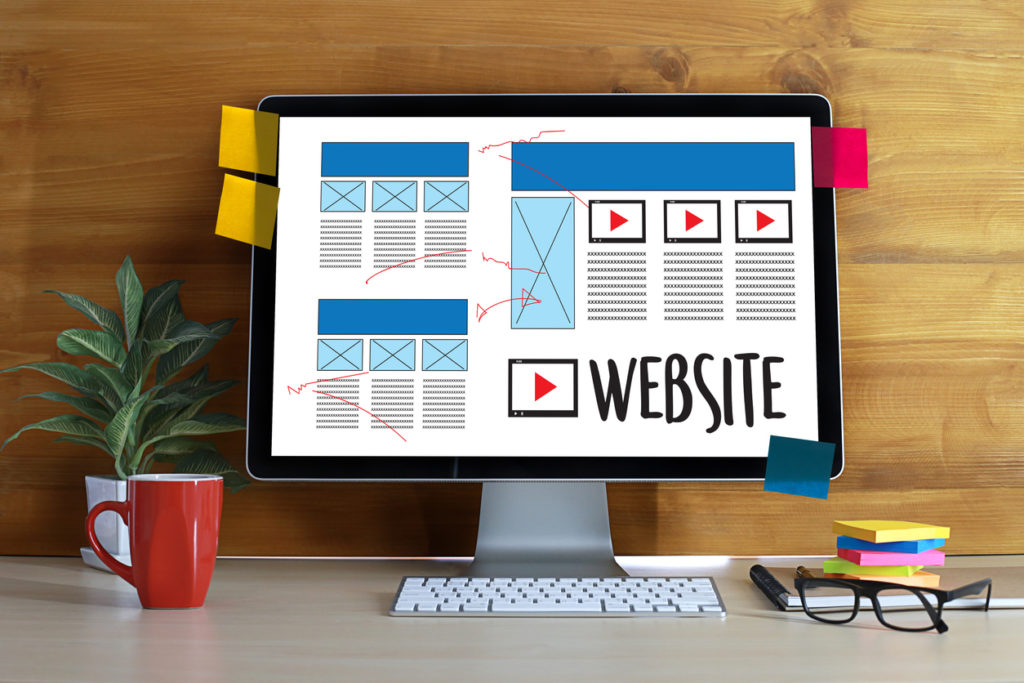Tips For Building Your First Website
Running a business today requires you to have a website where you will post information about your products, services, and updates on the projects that you are about to handle. However, it is very expensive to have a website made. Fortunately, technology has provided us with a way to learn how to build websites. With online Web development tutorials, you can now be able to build a website from scratch. The tutorials are very helpful in creating websites as they give step by step guides on how the process goes. Therefore, it is advisable to master the process so that you are able to cut costs on your web development project while at the same time learning the process.
As you start building a website, it is advisable to sketch the layout of the website on a piece of paper so that you can know what the final site will look like. With that, it will be easy for you to follow the process. The sketch to follow will include a title, a content area, photos and other content that you want added to the site.
Beginning programming
As you begin the process of building a site, it is time to acclimatize yourself with programming. And although the term may sound scary, it is something that even a lay person can learn. Fortunately, there are several sites on the web that offer free programming tutorials for beginners. These websites can offer you with the resources needed to learn programming. However, it is not a must that you be a top notch programmer to build and operate your own website, you need to learn the basics of HTML. These will be helpful in the long run as it will enable you to add the basic features when building a site. While learning html, you should pay special attention to tables as these will form the basis of your website’s layout.

As you begin making your code, you can use a text editor such as word, or notepad to create and edit out the html code. The home page is usually saved in the form of index.html. When you are done with this page, you can check it out by double clicking on the file which will then open up in your browser. Get in-depth knowledge about creating your first website by visiting codeshack.io.
Finding a host
When you are done with making a webpage, it is time to find a host who will carry the webpage and place it on the World Wide Web. With a host, your page will go live. If you do not have enough money to pay for web hosting, we suggest that you go for free web hosting. However, it’s important to note that the free host will most likely put an advertisement banner on your page as the cost for the free hosting. The banner will return advertisement revenue which will cover the costs of having your website on the server. There are other providers who will only charge you for the registration of your domain name. After this, they will host your site for free. However, you should avoid signing up for the extras such as spam control and URL protection services which can greatly increase the costs of running your site.
Basic accounts have a limit on the amount of data that can be transmitted per month, the email addresses on use and a host of other things. However, this will still work for a young page like yours. To get more from the host, you need to upgrade your subscription
Take your time
Learning programming and how to create your own site takes a lot of time. Therefore, it’s advisable to be patient so that you can learn all the skills needed to successfully carry the process. Most Web development tutorials are very detailed and thus will require a lot of focus and attention. If you want a deeper understanding of the topic however, you might choose to watch video tutorials that will give you more details regarding a given topic.

Retrain yourself
After mastering the skills of programming, it is advisable to sharpen your skills so that you can be able to handle much larger projects in the future. It is also important to note that programming is an evolving subject with advancements and upgrades on how websites are made today. Therefore, it’s advisable to retrain yourself on the best skills of handling this subject so that you can keep yourself updated with the current trends in the industry.
Conclusion
Above, we have seen how you can learn Web development skills on the web through videos and other forms of tutorials. But after making a layout of your site, learning basic html, coding the site, identifying a host and registering a URL, you are now good to go. The next thing to do at this stage is to make posts which readers can find when visiting your website. Just remember to make the posts interesting and accurate so that they can add value to your readers.